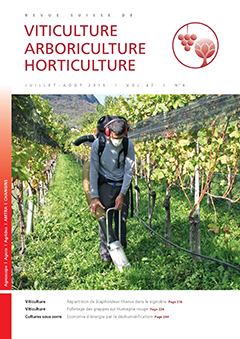
Issue 4 - July - August 2015

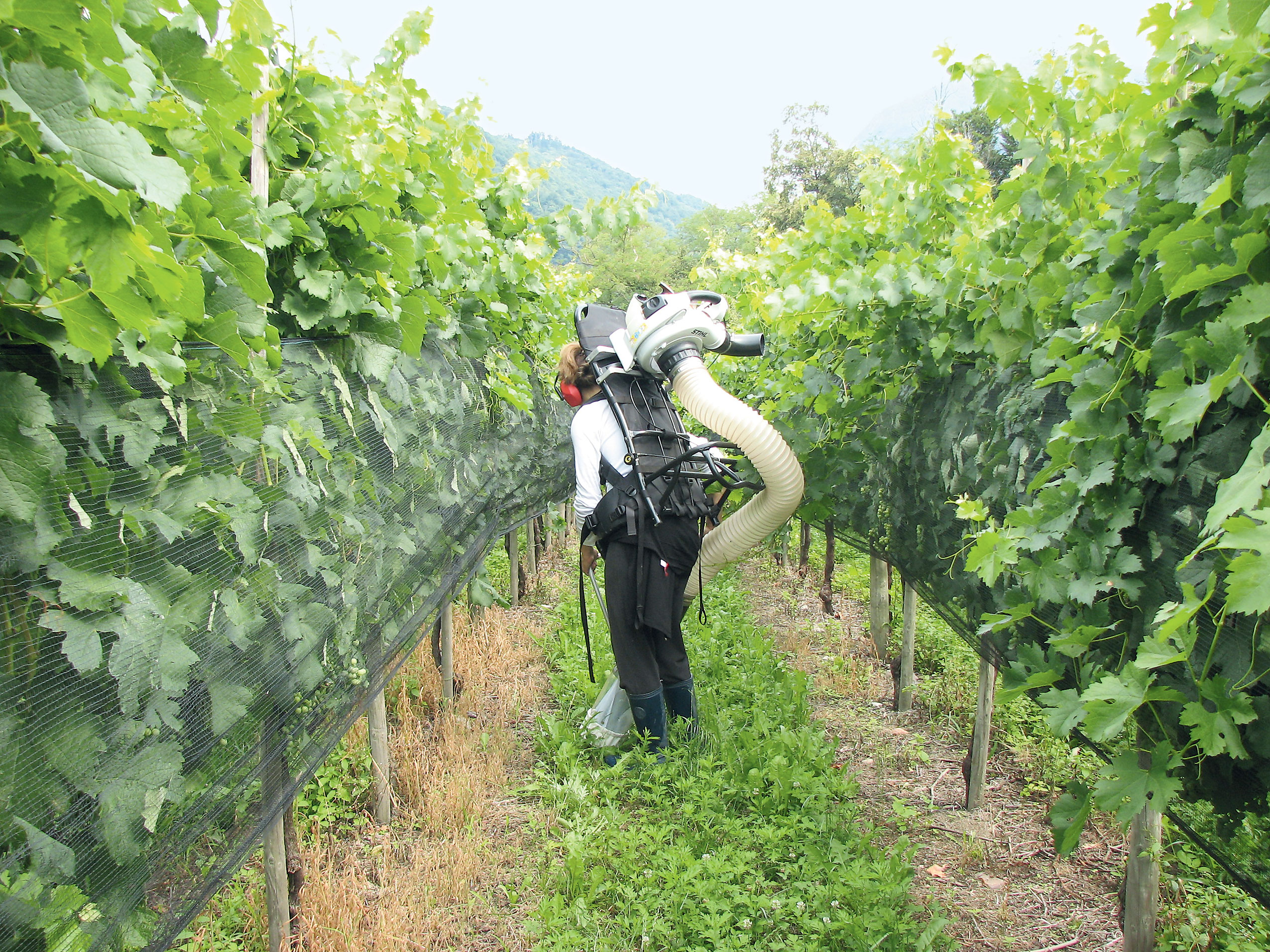
Abstract in open access
The purpose of this work was to quantify the density and survey the dynamic of the immature forms of the leafhopper Scaphoideus titanus on leaf canopy, suckers and on the inter-row vegetation as well as watching the population distribution before and after application of the insecticide buprofezin and its efficiency in real conditions, by using a vacuum cleaner D-Vac. The stages of the leafhopper distribute with the time in the three elements sampled. The density was particularly high on the suckers during the hatching period then shifted with the aging population towards the leaf hedge. The density of the population on the inter-row vegetation varied in the time, but was significantly lower than in the two sampled parts of the vine. The buprofezin remained effective against the leafhopper so far the entire plant, including the suckers, is treated.
Keywords:
E-Mail: valeria.trivellone@gmail.com
Adress: Agroscope, 6593 Cadenazzo
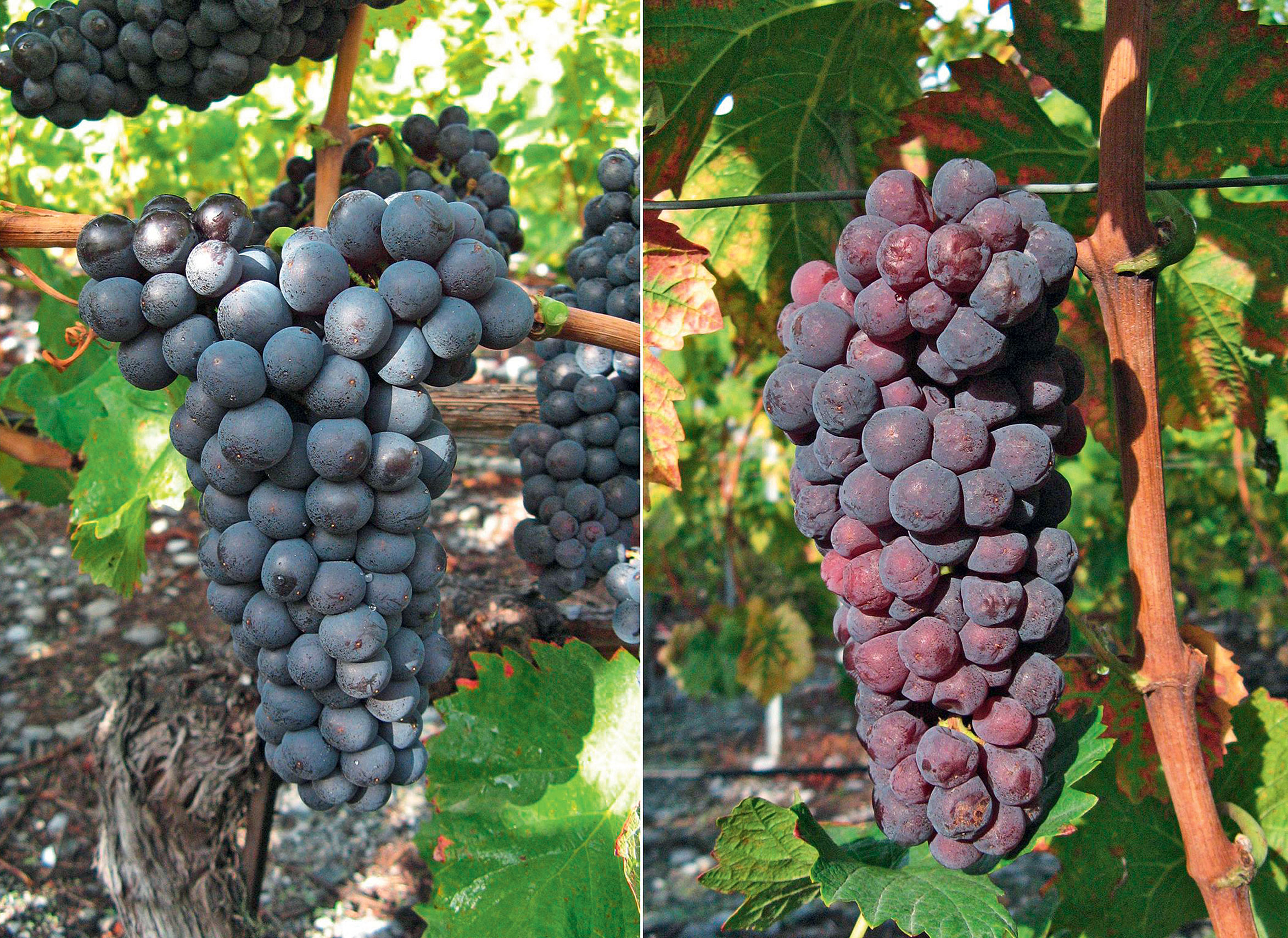
Abstract in open access
An anatomical and physiological study of the rachis of healthy clusters and clusters affected by berry shrivel was conducted on the Humagne Rouge grape variety at the Agroscope experimental farm in Leytron (canton of Valais). The symptoms of berry shrivel (a berry-ripening disorder) appeared about ten days after veraison – the beginning of the ripening period, when clusters began to change colour – and depended to a large extent on the vine water status. Berry shrivel was more pronounced in vines which were not subject to any water restrictions (i.e. those which were substantially irrigated before and after veraison) than in those subject to a moderate-to-strong water stress from veraison onwards. Moreover, strong fluctuations in temperature around veraison exacerbated susceptibility to berry shrivel. A destroyed primary phloem was observed in the rachis of clusters affected by berry shrivel, with the formation of a hard, non-functional secondary phloem and disorganised phloem-tissue cell contents.
Keywords: berry shrivel, plant water status, berry ripening, phloem anatomy, grapevine
E-Mail: vivian.zufferey@agroscope.admin.ch
Adress: Agroscope, 1009 Pully
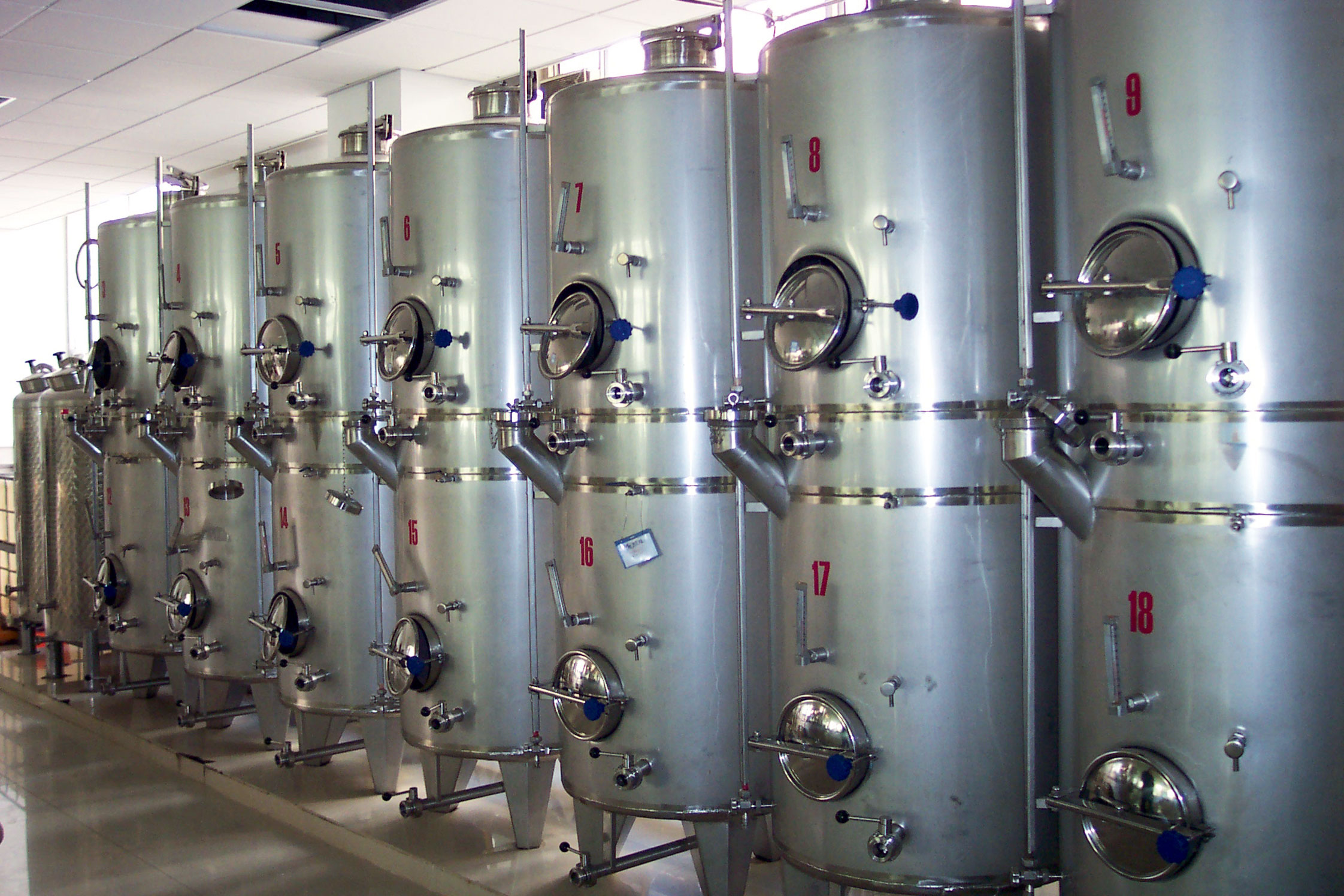
Abstract in open access
Acetaldehyde is the main causative of combined SO2 in red and especially in white wines where it is responsible for 75 % of the bound SO2 on average. In wines that have not been aerated voluntarily (e.g. during pump-overs) or involuntarily, the major part of acetaldehyde stems from yeast metabolism. Within the major objective of reducing bound, and hence, total SO2 levels in wines, this project studied vinification factors that could influence yeast acetaldehyde production. The potential of various Saccharomyces and non-Saccharomyces strains to form acetaldehyde was also considered. The results show that yeast excrete acetaldehyde at the beginning of fermentations and reutilise a certain part of it afterwards. Residual acetaldehyde concentrations hence depend on the maximum reached as well as the extent of the reutilisation. Must sulphite addition was the largest contributor for maximum and residual acetaldehyde levels. On average, for every 10 mg/l of SO2 added to the must, the bound-SO2 concentration caused by acetaldehyde increased by 3–7 mg/l in white wines. The fermentation temperature affected the ability of yeast to reutilise acetaldehyde. Low fermentation temperatures correlated with high acetaldehyde residues. Some non-Saccharomyces strains produce considerably less acetaldehyde as S. cerevisiae strains. This characteristic could be confirmed with a commercial Torulaspora delbrueckii strain in a Chardonnay fermentation.
Keywords: wine, acetaldehyde, SO2, yeast, Saccharomyces
E-Mail: ramon.mira@changins.ch
Adress: School of Engineering at Changins
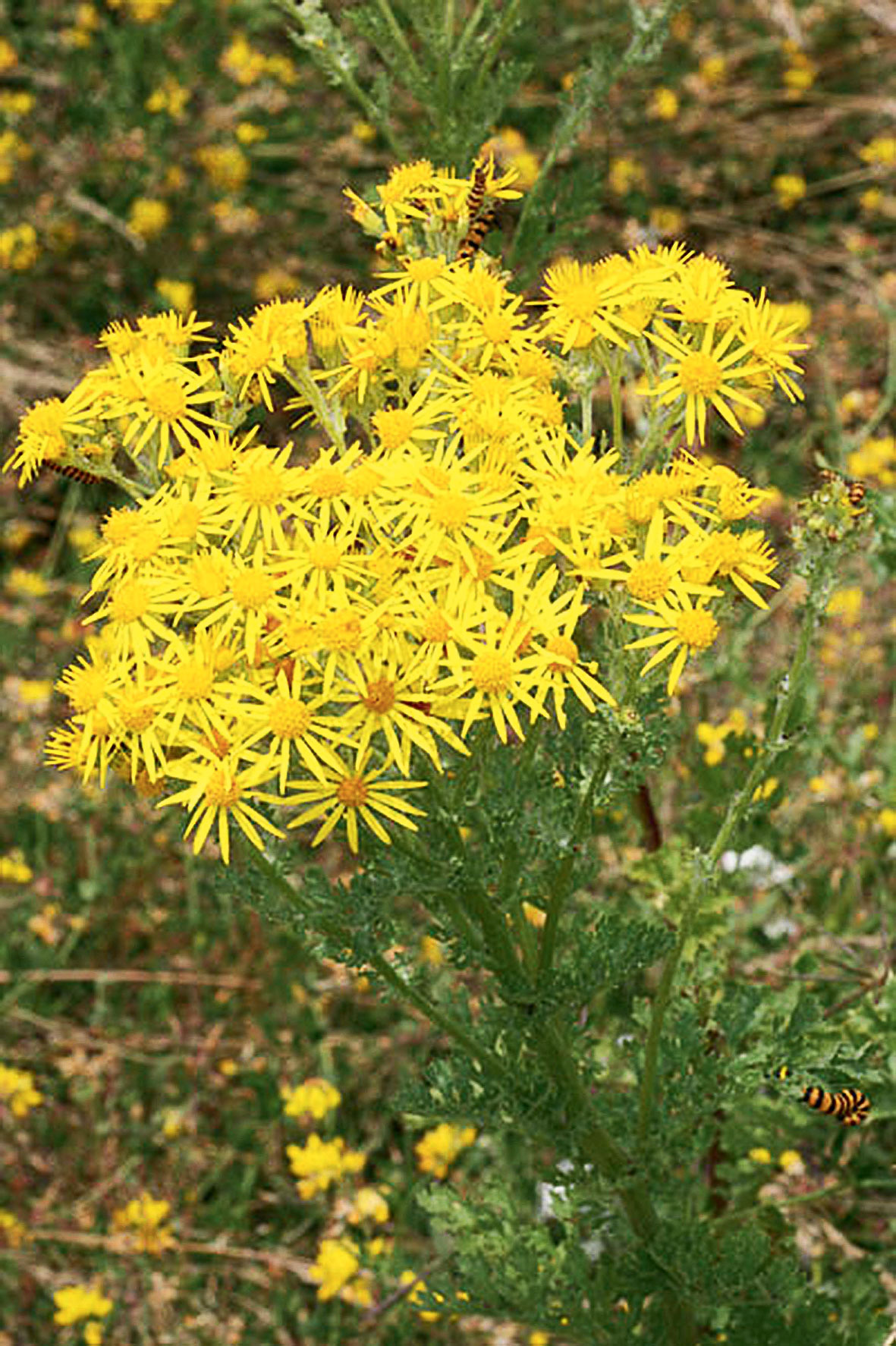
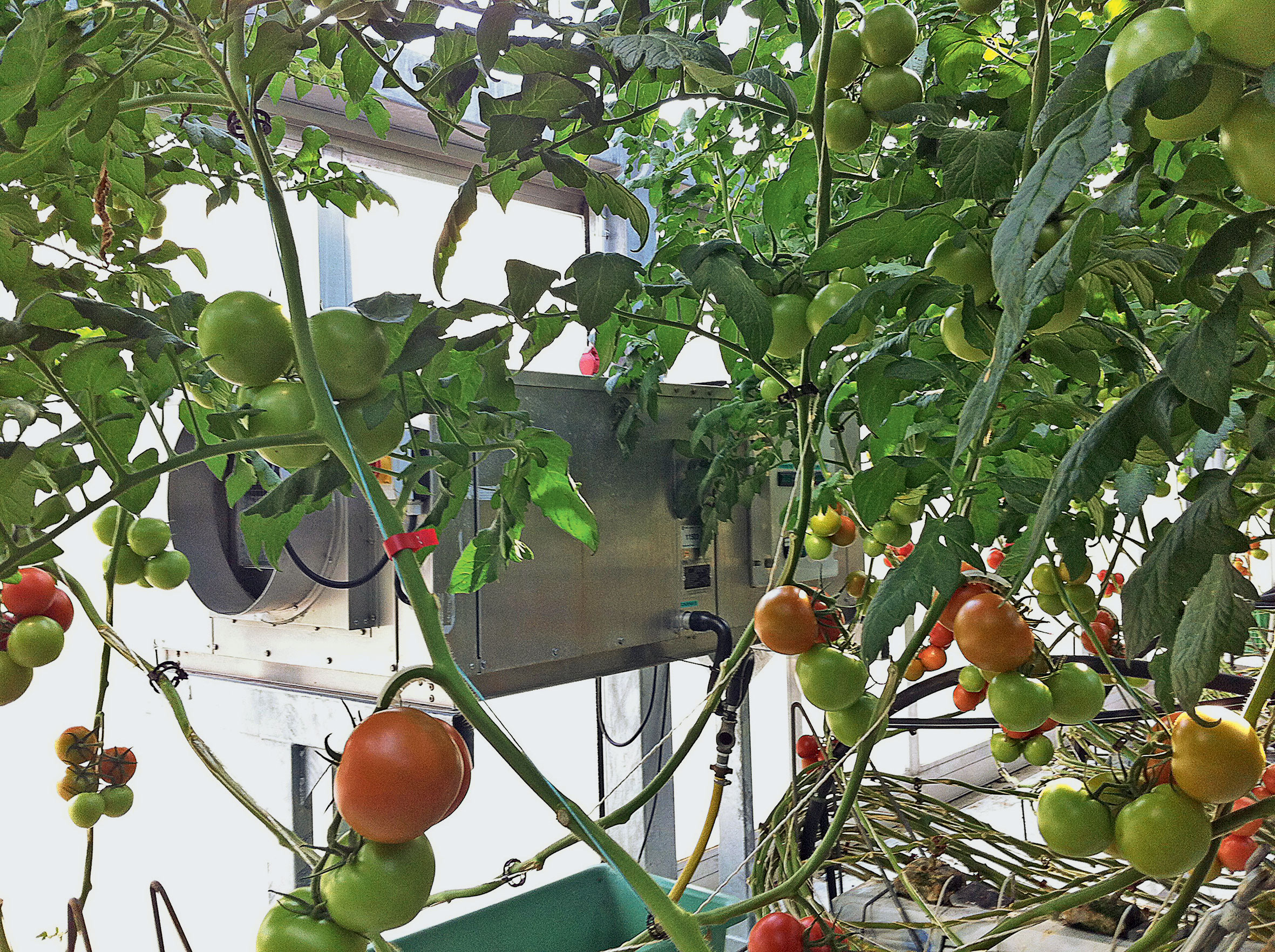
Abstract in open access
In greenhouses, humidity control is a critical factor because below a saturation deficit of 3 g water per kg of dry air, the air becomes too wet for good culture conditions. Indeed, air humidity has an influence not only on the development of fungal diseases such as botrytis but also on the growth of plants. Excessive humidity reduces transpiration and thus the transport of nutrients. To avoid these excess of humidity, a measure traditionally used by greenhouse growers is to ventilate and heat the greenhouse simultaneously. Agroscope compared this traditional dehumidification with dehumidification by condensation in tomatoes crop. In 2013, the energy saving with the dehumidifier reached 15 % and 25 % in 2014. No differences were measured in plant growth, yield and fruit quality between the two types of dehumidification.
Keywords: ventilation, heating, humidity
E-Mail: celine.gille@agroscope.admin.ch
Adress: Agroscope, 1964 Conthey
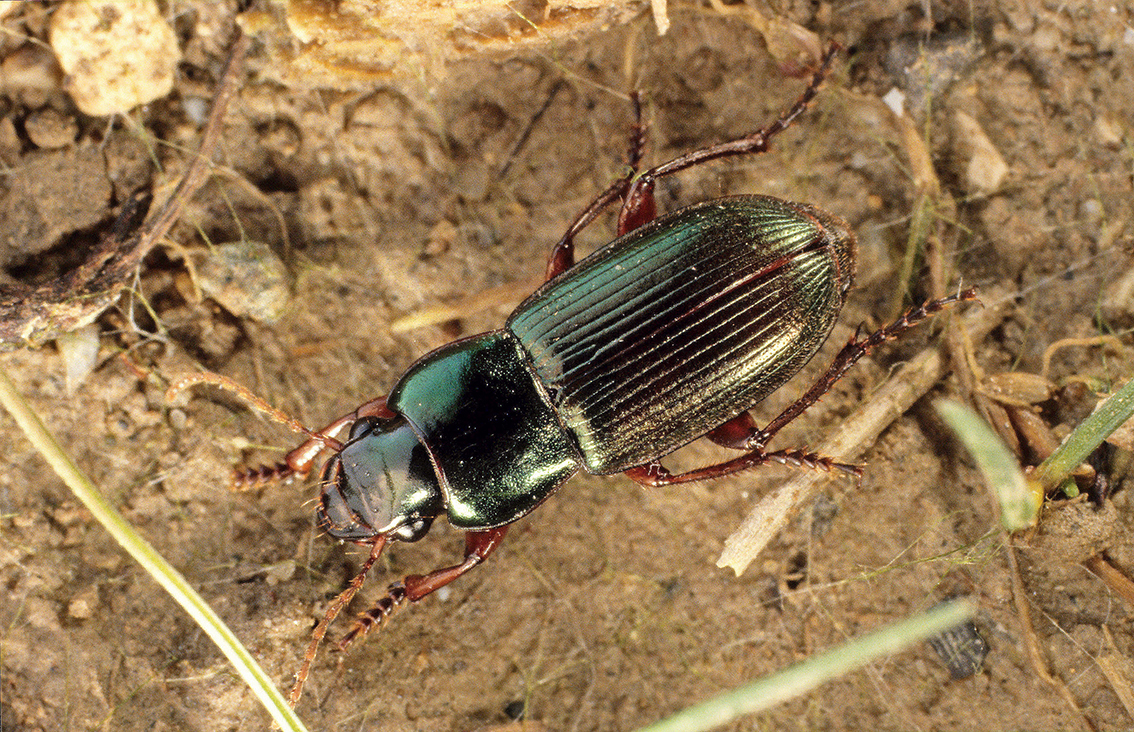
Abstract in open access
Ground beetles (Coleoptera: Carabidae) are important beneficials in apple orchards. In 2014, the influence of production systems was studied on the diversity and abundance of ground beetles species in two apple orchards (cultivated under the directive of integrated or organic production). The IP-orchard showed a greater number of regular species than the organic one; in particular, Harpalus affinis was rarer in the organic orchard. Plots with low understorey were more favourable to the species Amara aenea. Moreover, the study indicates that one insecticide had a direct impact on H. affinis populations in the studied apple orchards.
Keywords: ground beetles, insecticide, apple orchard, integrated production, organic production
E-Mail: dominique.fleury@changins.ch
Adress: School of Engineering at Changins
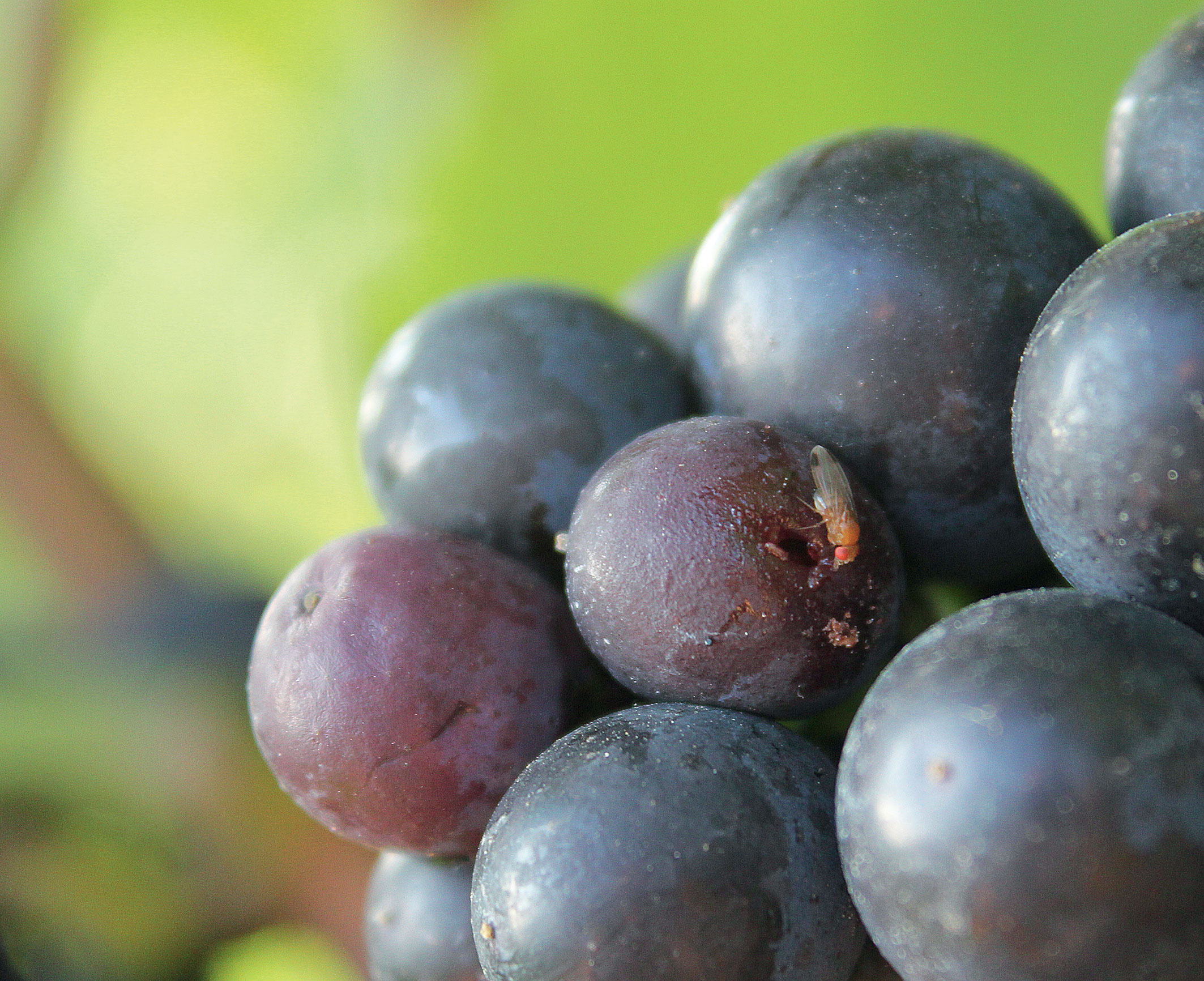
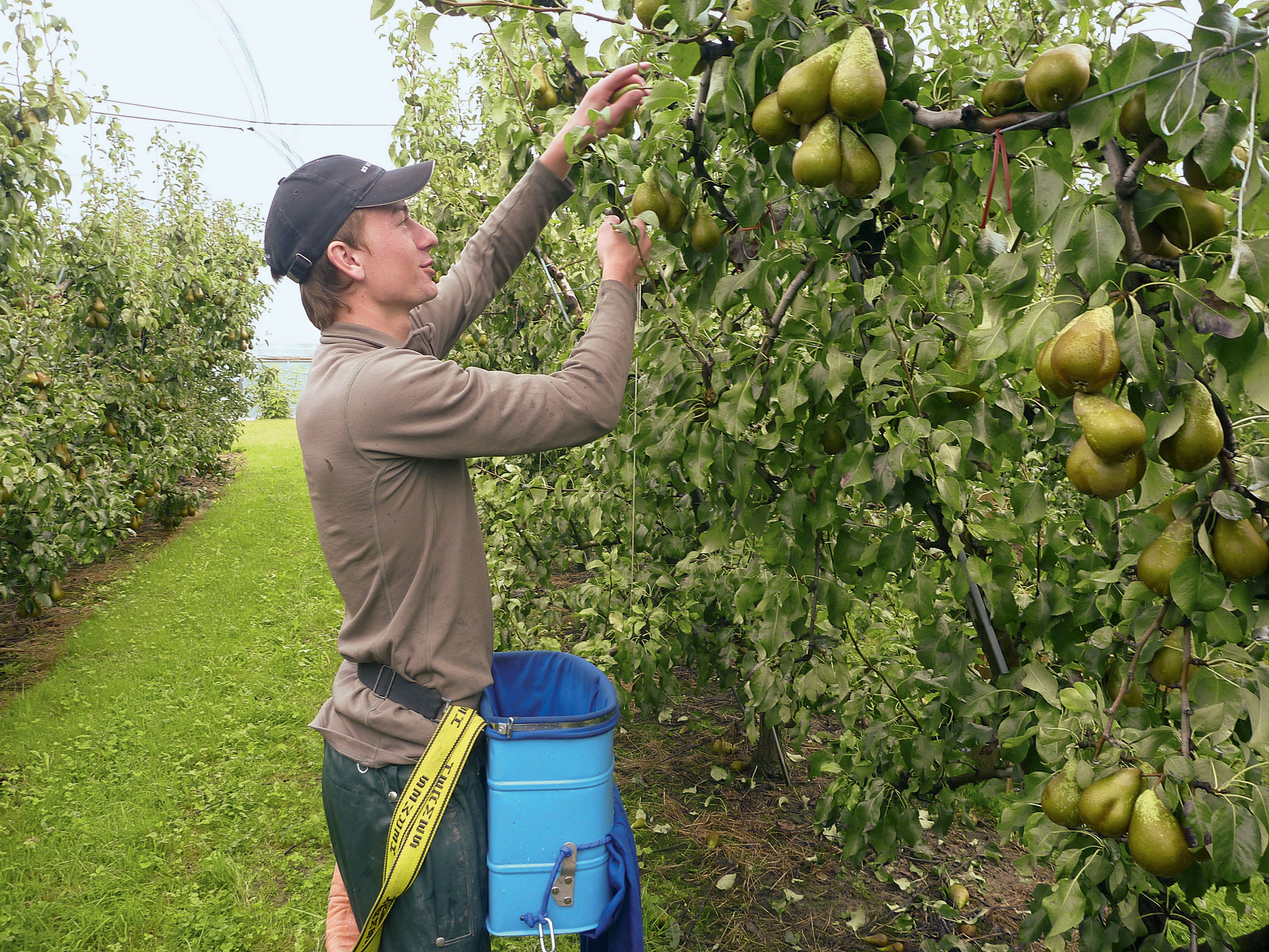


 Download of full issue
Download of full issue
 Download article
Download article